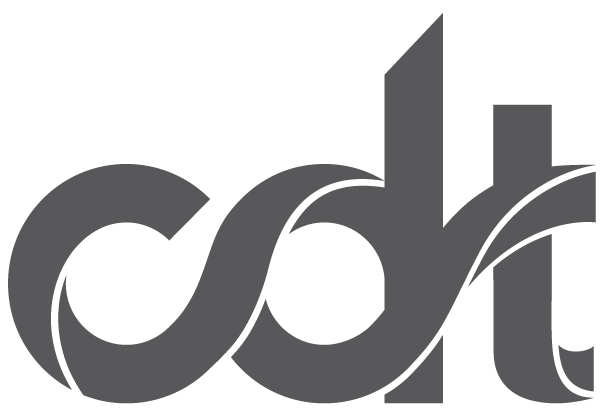Administrative Regulations
Speech may be regulated when it interferes with the administration of a government program. While this type of regulation is not invoked frequently, artists should be aware of the types of justifications the U.S. courts have used to limit free expression.
Protection for free speech may be limited when the speech interferes with a reasonable government attempt to regulate non-speech activity. The most famous example of this is O’Brien v. United, a case that involved a protester burned his draft card. The Supreme Court held that freedom of speech protected his right to protest (burn the card), but nevertheless ruled that the government had a right to prohibit the destruction of draft cards in order to operate the selective service.
While O’Brien does not directly address art, it is an important case because it illustrates that the government may be permitted to regulate speech if the speech obstructs the ability of the government to function. Thus, art posted on the Internet that might infringe upon or interfere with the government’s ability to function could potentially be regulated. Although this is unlikely, it is a potential constraint artists should be aware of. For example, some type of performance art that results in the shut down of the website of a government agency would likely not be protected by the First Amendment.
Another area of significant relevance to artists is regulations and restrictions imposed on art either because it is on government property, or because strings have been attached to the art through government funding. These are complex issues, and are discussed in detail in the links below.
